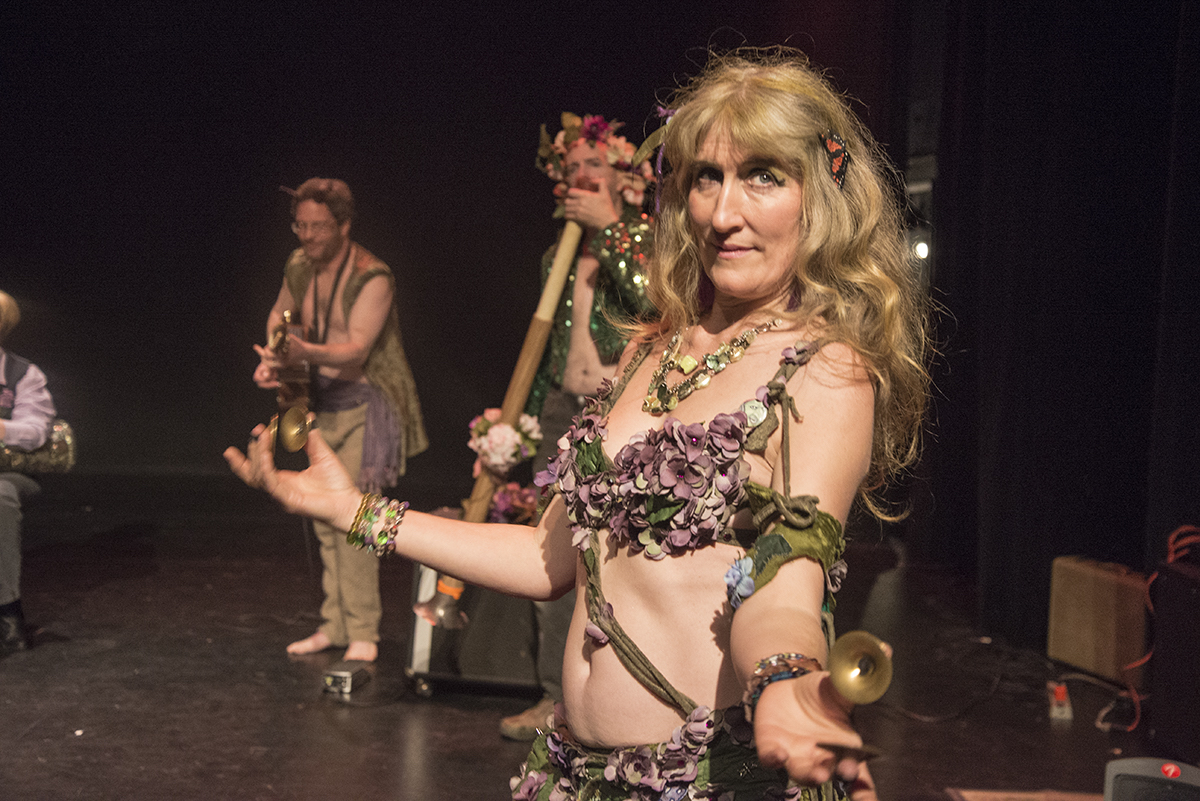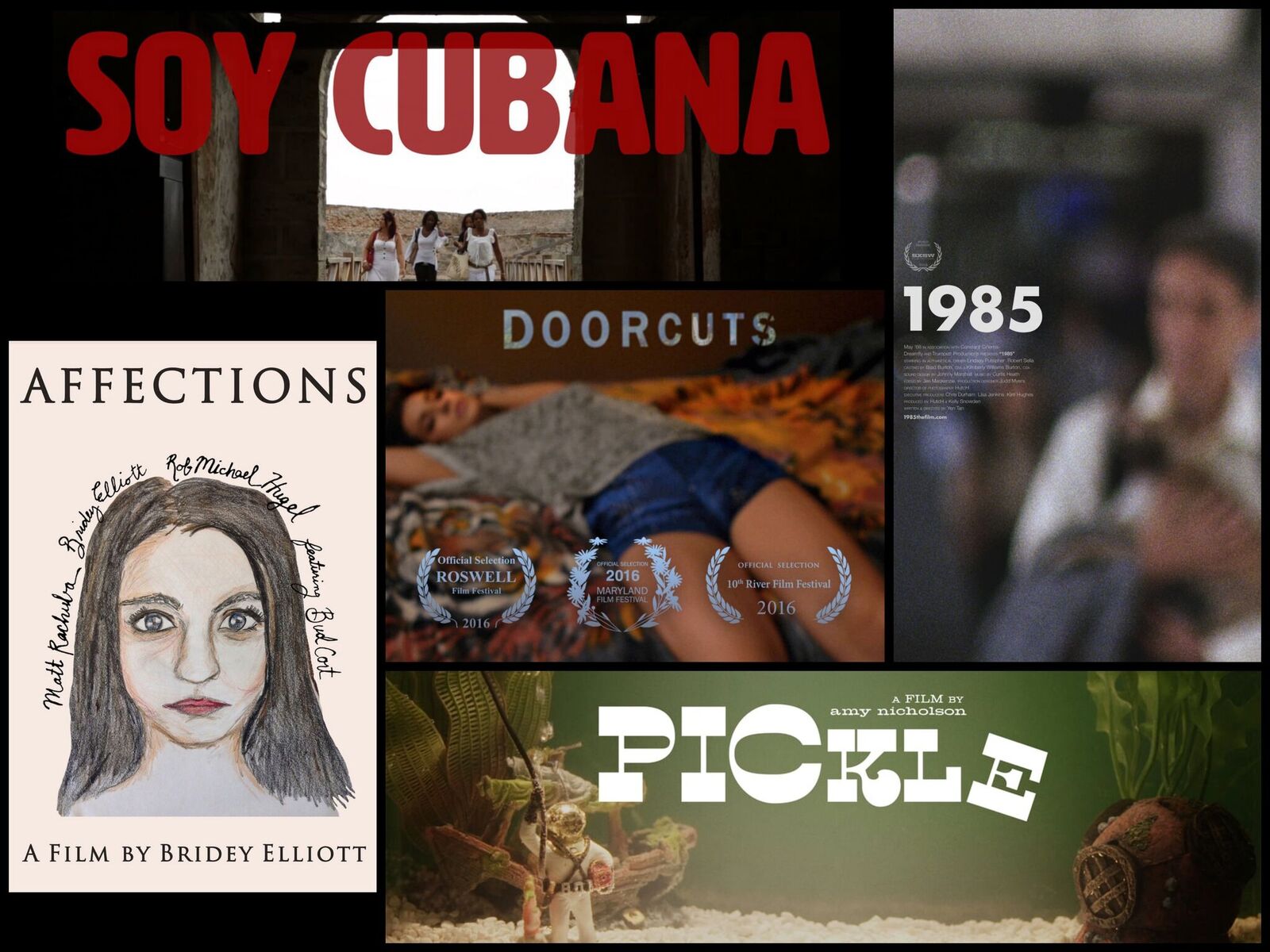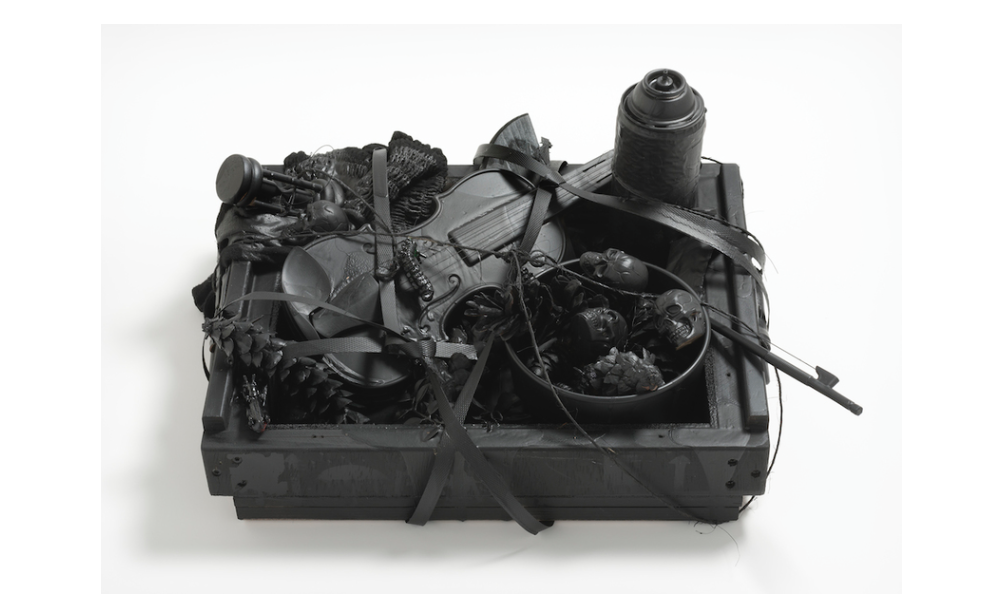Rebecca Juliette Interviews Artist Annie Farrar
Artists Work is a BmoreArt interview series that explores the work that artists do to make a living while they work on their ‘real work’ – their art.
Annie Farrar was born in Wheeling, West Virginia and grew up in Pittsburgh, Pennsylvania and Nashville, Tennessee. She earned her BFA in Painting in 2004 from the Maryland Institute College of Art and her MA in Museum Studies in 2009 from the George Washington University. Annie is a Baltimore artist whose process-oriented work is a meditation on decay and renewal. She has exhibited internationally and has work in private collections throughout the east coast and southern United States.

Website: www.anniefarrar.com / Washington Project for the Arts / PotatoMike
Description of Art You Make:
My sculptures are made of found objects, rope, twine, and black latex paint. I’m interested in contemporary art that explores the physicality of materials and reexamines art historical themes. Most recently, my study of 17th-century Dutch still life painting has resulted in a new body of work called Vanitas. I’m an obsessive collector of objects with emotional ties and art historical reference points, and I see my work as an iterative process of problem solving.
Day Job:
Registrar at the Hirshhorn Museum and Sculpture Garden, Smithsonian Institution, Washington, DC
Hours per week at work: 40 hours, plus 20 hours a week commuting
Hours per week in studio:
Sundays are devoted to the studio, and often any chance I get in the evenings or early mornings. I also spend much of my weekday MARC train commute planning, brainstorming, and obsessing about my art practice.
Duties or tasks performed at day job:
I manage the Hirshhorn’s outgoing loans program. I coordinate the legal loan agreements, insurance, packing, crating, and shipping of artworks from our permanent collection that we lend to other museums for their exhibitions. My job is to ensure the care of the artwork from the time it leaves the museum until it returns. I work closely with conservators, curators, photographers, art handlers, truckers, and security officers who all have important roles to play in this process.
Best thing about your day job:
I work with a collection of art that is absolutely incredible! One of the highlights of behind-the-scenes museum work is seeing the entire collection, not just the pieces that are on exhibit.
How does your day job enhance or detract from your studio practice?
My work as an artist and my work as a museum professional are intrinsically bound up in one another. I’d say my studio practice has evolved to be more explicitly referential to art historical themes. My job allows me to travel to museums around the world, which exposes me to work I wouldn’t see otherwise and really feeds my drive to make art.
Favorite job ever: This is my favorite job. Really.
Job you couldn’t wait to leave:
Working at a candy box factory in southwestern Pennsylvania. My job was to stack boxes as they came off the production line and package them for shipment.
Is it your goal to become a full-time artist? Why or why not?
I’d love to make art full-time, but I don’t want to be income-reliant on the commercial art market. It’s a relief that the decisions I make in my studio don’t have to be concerned with marketability or lack thereof.
What advice do you have for young artists just out of school, in terms of balancing your work and studio practice?
I’ve given up on work/life balance! My advice is to make your art no matter what, because you have to. Charles Bukowski sums it up best in his poem, “air and light and time and space.”
What’s coming up next for you as an artist? What projects are you working on or looking forward to?
I’m preparing for an artist residency at the Hambidge Center in Georgia, near the North Carolina border. It’s exciting to have a dedicated period of time to devote exclusively to my studio practice. Hambidge is in a remote location that will force me to unplug and will give me the space I need to work on a large-scale piece I’ve been planning.
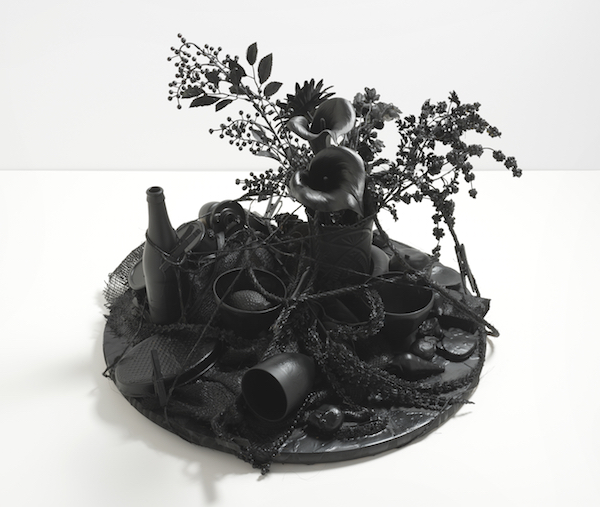
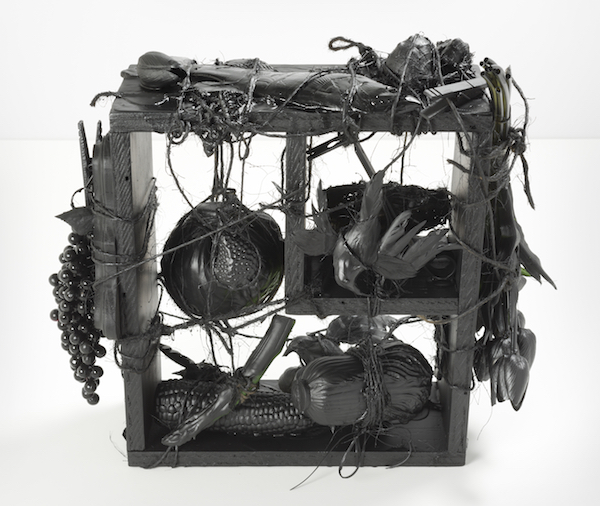
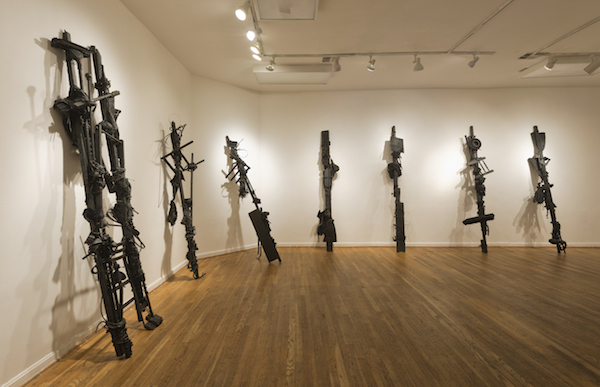
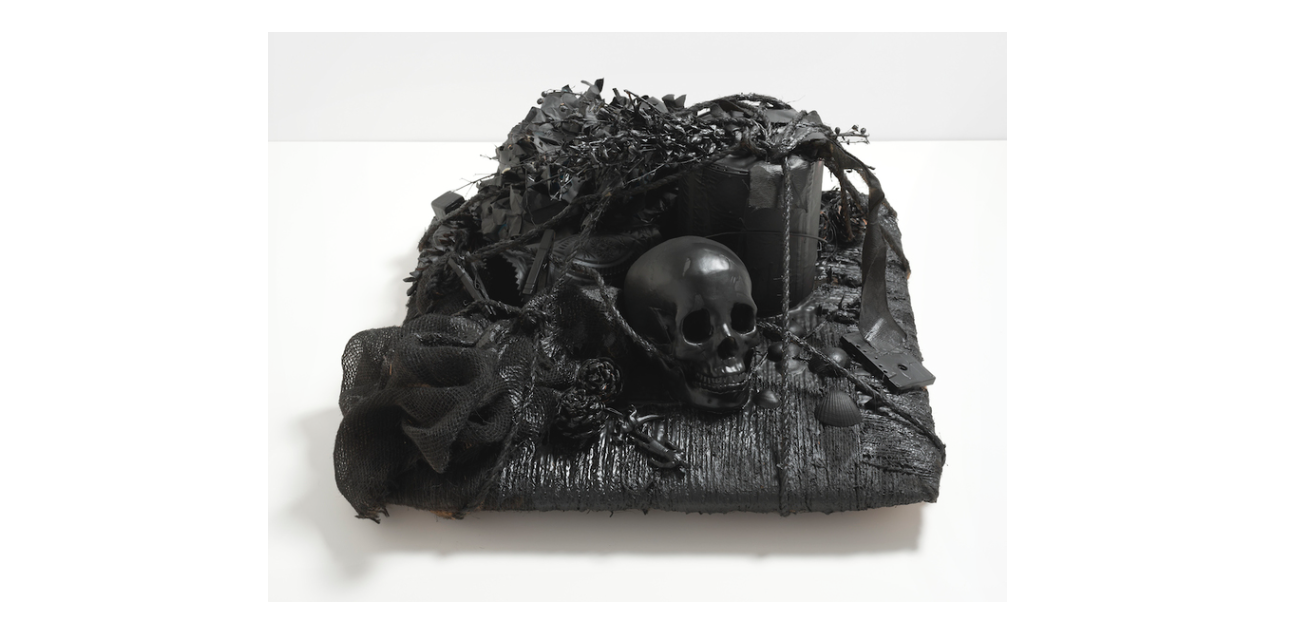
BmoreArt is Rebecca Juliette’s day job. She facilitiates the Artists Work Interview Series and acts as Assistant Editor and Events Manager. Email her your events and calls for entry at events [at] bmoreart.com.
All images courtesy of the artist.
